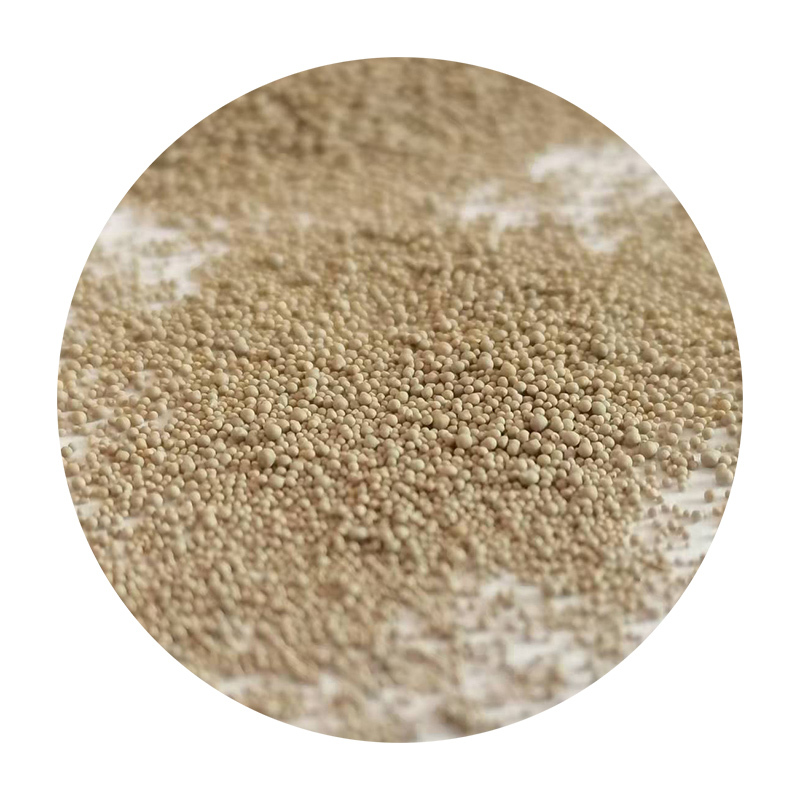

Once the mold is prepared, the actual casting takes place. Molten metal, heated beyond its melting point, is carefully poured into the mold cavity. This step requires authoritative control over temperature and pour speed, each demanding specific expertise to prevent defects such as porosity or misruns. Industry veterans leverage cutting-edge equipment and technology to monitor and adjust variables in real-time, ensuring product integrity and quality. This leadership in technical know-how distinguishes the proficient practitioners from novices. After the metal cools and solidifies within the mold, the casting emerges, ready for finishing. This step involves removing the sand mold and finishing the casting through processes like grinding or heat treatment to enhance properties and meet stringent tolerance requirements. The knowledge to execute these final touches with precision is acquired through years of detailed craftsmanship. Lastly, rigorous inspection and testing uphold the trust in sand cast products. Non-destructive testing methods such as X-ray or ultrasonic inspections verify the casting’s structural and dimensional fidelity to its design, reinforcing trust in every casting that leaves the production floor. Sand casting, a balance of art and science, demands expertise at every step for success. As industries evolve, new materials and technologies integrate into this traditional process, but the foundational steps remain rooted in expertise, authoritativeness, and trustworthiness. These pillars support the advancement of sand casting, ensuring it continues to meet modern manufacturing challenges with unfaltering precision and reliability. This living tradition, enriched with innovation, remains unmatched in its potential to transform raw materials into engineered solutions. Post time:2월 . 04, 2025 03:03
Next:sand casting sand types
